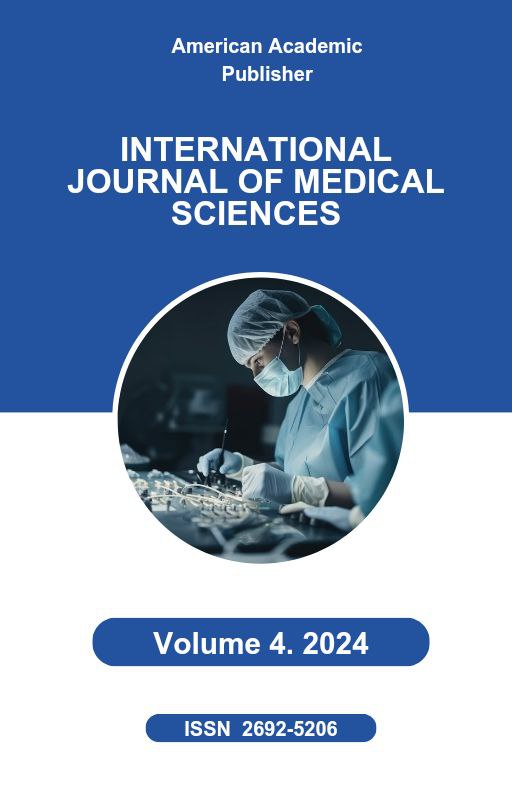 Articles
| Open Access |
https://doi.org/10.55640/
Articles
| Open Access |
https://doi.org/10.55640/
LATIN LANGUAGE IN LEARNING ANATOMICAL TERMINOLOGY: COMMON CHALLENGES AND PRACTICAL SOLUTIONS
Minavarova Gavkharoy Mukimzhanovna1, Mirkomilova Sugdiyona 2 , Senior Lecturer of Latin at the Department of Language Teaching 107 groups of pediatric faculty students Andijan branch of Kukon UniversityAbstract
In today’s globalized medical environment, mastering standardized anatomical terminology is not merely an academic requirement but a critical skill for clear and precise communication. Latin, as the foundational language of Western medicine, has helped create a universally recognized system of anatomical names. Even though modern medical practice relies on various vernacular languages, Latin-based terms ensure that healthcare professionals worldwide can describe anatomical structures consistently [1]. This standardization is particularly crucial in clinical and research contexts, where misunderstandings in terminology can lead to diagnostic errors, treatment delays, or flawed interpretations of data [2].
Moreover, studying Latin enhances students’ ability to decode complex scientific terms in other medical fields, such as pharmacology, pathology, and surgery. By understanding the roots, prefixes, and suffixes derived from Latin (and Greek), future physicians and researchers can more readily grasp new or evolving terminology. In an era of rapid medical advances, the ability to adapt to innovative concepts is essential [3]. Latin thus serves as both a historical touchstone and a modern tool, providing medical professionals with a linguistic foundation for lifelong learning and effective international collaboration [4].
Keywords
Anatomical, Terminology, Mnemonics, Standardization, Communication, Healthcare, Teaching Methods, Peer Learning, Practical Integration.
References
Federative Committee on Anatomical Terminology. Terminologia Anatomica: International Anatomical Terminology. Stuttgart: Thieme, 1998.
Whitworth, J. Latin for the Illiterati: A Modern Guide to an Ancient Language. Routledge, 2001.
Khalmirzaeva, S.S., 2021. THE ROLE OF HYGIENE IN PROMOTING A HEALTHY LIFESTYLE. Экономика и социум, (12-1 (91)), pp.258-261.
Taxirovich, A.S., 2025. THE ROLE OF THE ACL (ACTIVE COLLABORATIVE LEARNING) MODEL IN EDUCATION. SHOKH LIBRARY.
Taxirovich, A.S., 2025. TEACHING THE TOPIC OF INTESTINAL INFECTIONS USING THE EXAMPLE OF ACL (ACTIVE COLLABORATIVE LEARNING). Ethiopian International Journal of Multidisciplinary Research, 12(01), pp.557-559.
Gilroy, A., MacPherson, B. R., & Ross, L. M. Atlas of Anatomy. Thieme, 2020.
Article Statistics
Downloads
Copyright License

This work is licensed under a Creative Commons Attribution 4.0 International License.

